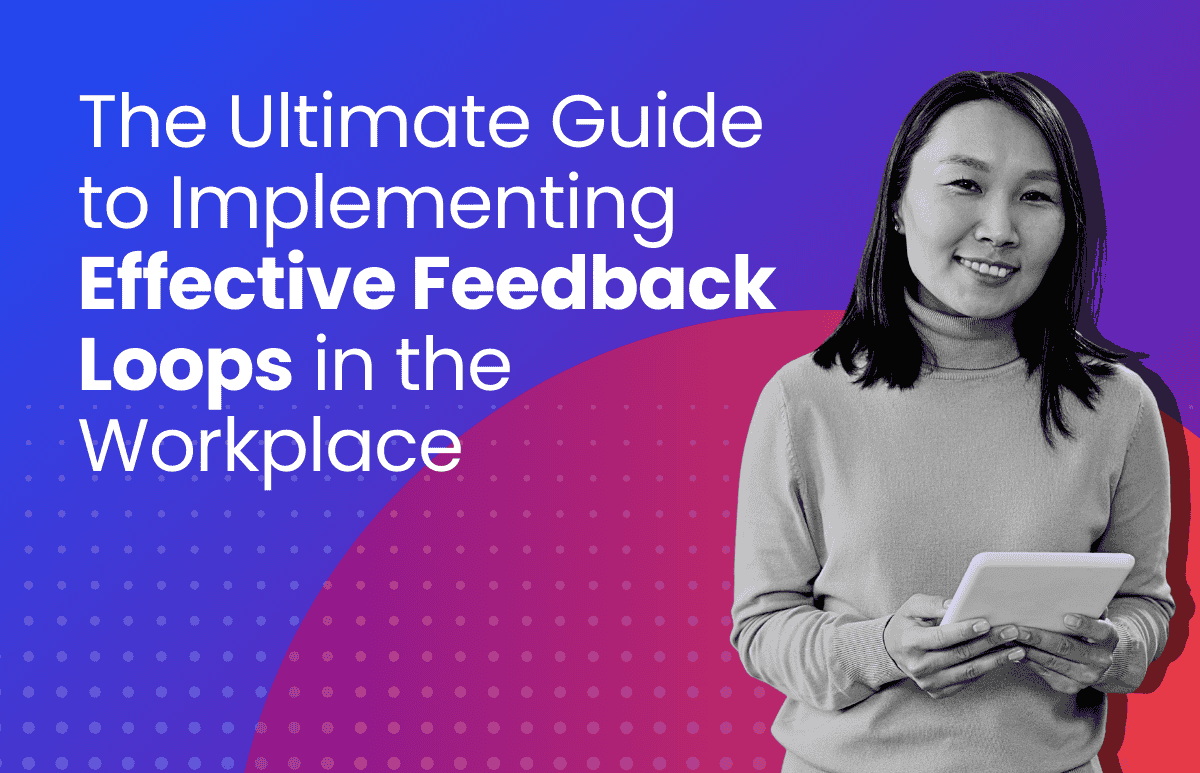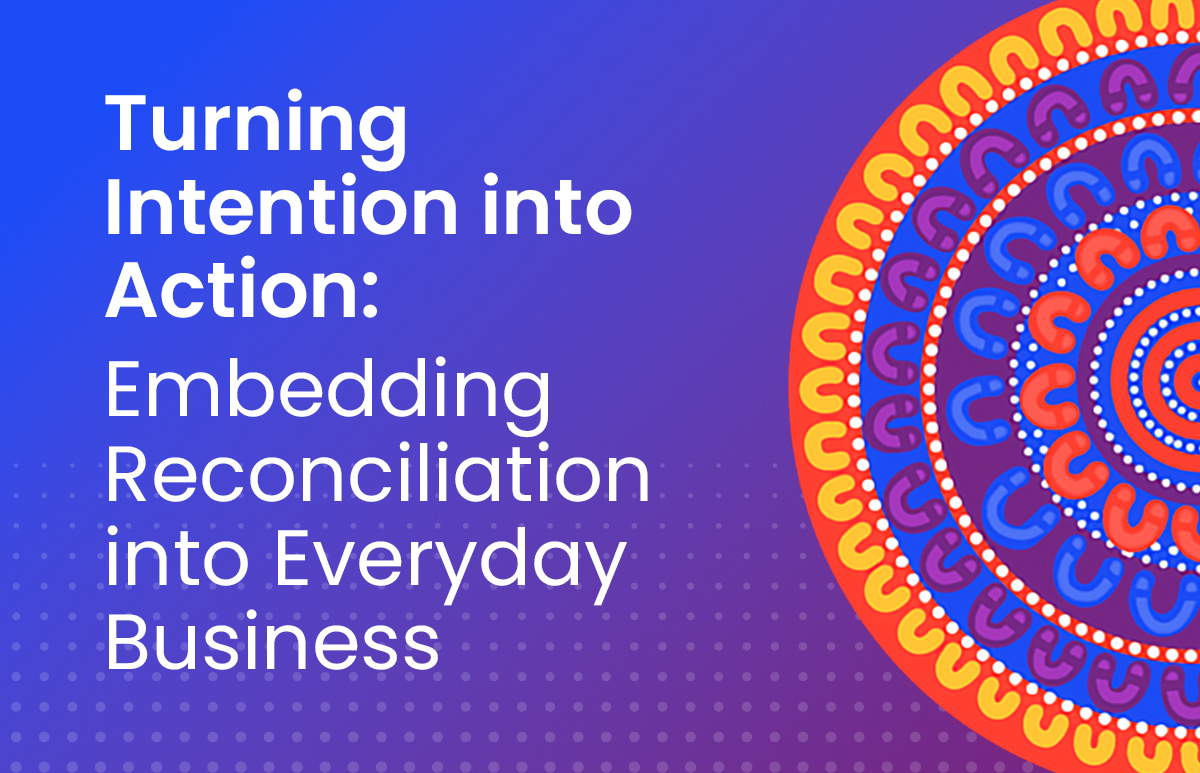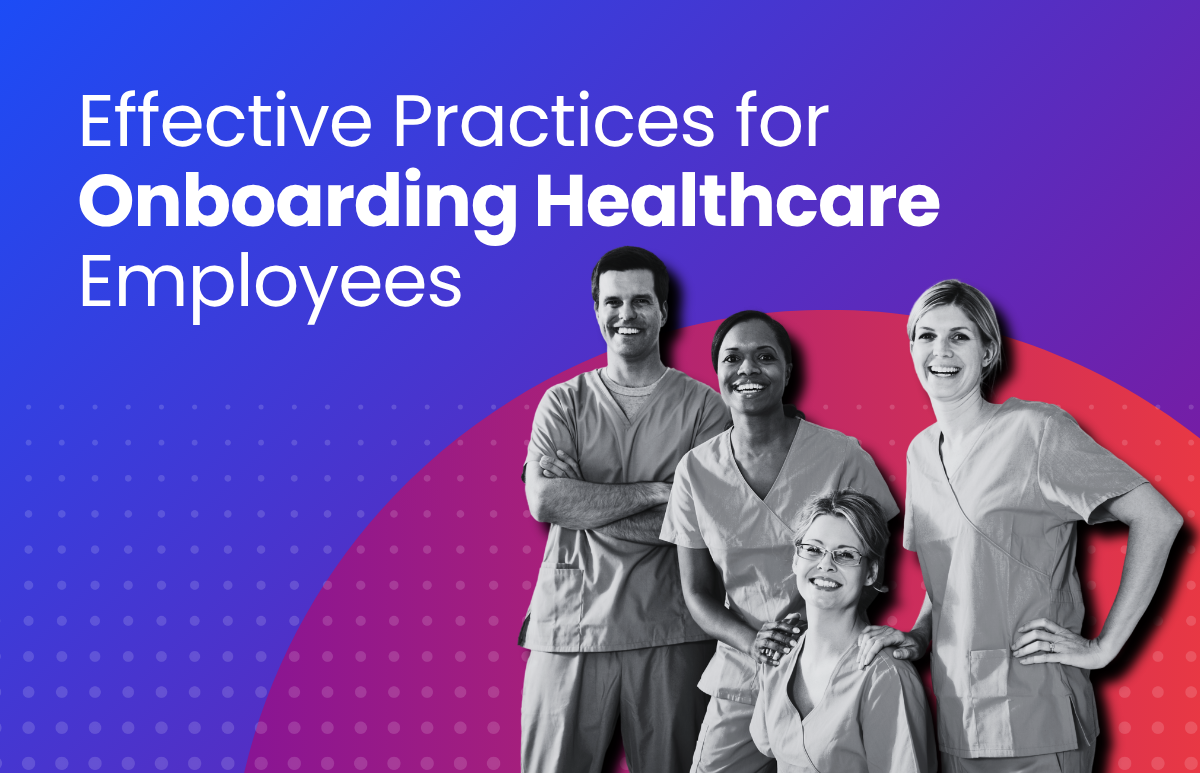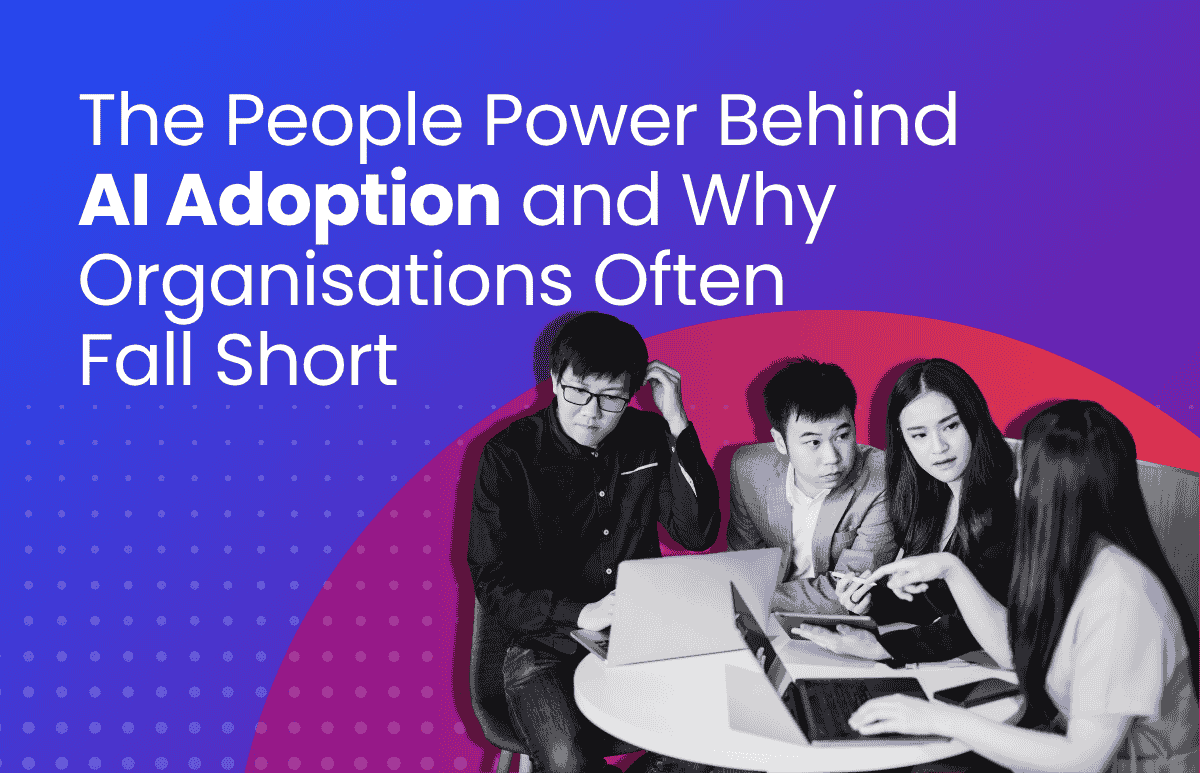The Future of Recruitment: Insights from our Latest Webinar
Explore the latest trends, challenges, and opportunities shaping the job market, with insights from Indeed’s global data and ELMO’s Employee Sentiment Index.

Our recent webinar brought together some incredible speakers, including Callam Pickering, Senior Economist at Indeed; Nick Ferry, Head of Customer Solutions and Customer Success at Harrier Talent Solutions; and ELMO’s very own Chief People Officer, Kate Wilkinson, to discuss the evolving landscape of recruitment. We examined the latest results from our Employee Sentiment Index and Indeed’s global data. We covered key challenges, emerging trends, and actionable strategies for attracting and retaining top talent in today’s competitive job market.
As the new year begins, employees often reassess their career goals, making it critical for businesses to attract and retain talent. Our most recent ESI uncovered attitudes toward searching for new jobs in the new year and employee views of the recruitment process.
of Australian and New Zealand employees believe the start of the year is a good time to look for a new job.
of employees across ANZ think they’re not in the right role for them.
This suggests that a significant proportion of the workforce may consider a change in this first quarter.
This could mean that there are challenges in retaining top talent but also opportunities as talent becomes available.
Key takeaways from our webinar
1. Strategies for attracting great talent
According to Indeed’s data, job seekers tend to be most active at the beginning of the calendar year (January through March), whereas businesses tend to work during the financial year. According to Callam, savvy job seekers or employers could take advantage of this behaviour to potentially attract more talent or find a new job.
For organisations looking to improve their recruitment strategy some key takeaways from Nick and Kate were:
- Enhance or create an Employee Value Proposition (EVP) showcasing company culture and values. How do you do this? Survey your employees, ask them what’s important to them, and find out what your workplace offers them.
- Offer professional development and clear career growth opportunities.
- Partner with external agencies that can represent your brand. Or communicate your brand values via your website, social media, and word of mouth so that you can be in front of a candidate’s mind before they even search for a job.
- Use real data to demonstrate what your company can provide to the candidate. For example, if they’re interested in career progression demonstrate what percentage of your workforce were internally promoted in the last 12-24 months.
2. Emerging trends
The panel highlighted several recruitment trends shaping the industry:
- Job postings that mention GenAI are beginning to grow. While it may have only been .24% of Australian job postings on Indeed in January, it’s up 2.9 times over the past year. Indeed are also seeing that growth globally.
- Remote work and flexible arrangements continue to be key factors in job selection. While many companies in the US and some bigger companies in Australia are shifting toward a return to office. The numbers indicate that flexible work is here to stay, with job postings mentioning remote work on Indeed reaching approximately 15% in January—the highest level ever recorded.
- Diversity and Inclusion will be one to watch. We know that many companies in the US are scaling back their DEI policies. Will we see Australian companies change direction? While our panelists agreed it was too soon to tell, the data tells us that generally companies here embrace DEI with 37% of job postings mentioning diversity and inclusion in their job descriptions and that’s doubled over the past 5 years.
3. Strategies for retaining great talent
Our panelists all agreed that retention is as crucial as recruitment. It’s also probably not a surprise to many that there is a critical talent shortage in many of Australia’s key industries including; mining, transport (truck drivers in particular), candidates with trade skills, education, and healthcare workers in regional Australia. If you work as an HR professional in these industries Nick’s advice is to invest in data analysis to understand where your locations are, what skills you need in each location and to understand what talent might be available to put the right strategies in place. And these strategies can be applied to any industry. This could include;
- Relocation or training and development packages.
- Fostering an inclusive, engaging workplace culture.
- Providing structured career development and upskilling programs.
- Implementing employee wellness initiatives and work-life balance policies.
Beyond these strategies though our panelists also had to discuss wages. Our most recent ESI data found that around 40% of ANZ employees found the lack of salary information until late in the process the most frustrating thing about the recruitment process. Callam supported this stat by providing data from Indeed in that 38% of job postings feature pay information and that Australia tends to lag behind other comparable countries. Job postings that feature wage information typically receive around 30% more applications than those that don’t. The recommendations?
- Be transparent on wages from the beginning (and have sign-off from Finance to how much budget a role can accommodate so that this doesn’t hold up your process. A software like ELMO Recruitment allows the role to be approved via a requisition before it goes out to market.
4. Innovation in Recruitment
Technology is playing a significant role in reshaping recruitment strategies:
- AI-powered solutions are making hiring processes more efficient and data-driven.
- Predictive analytics help employers anticipate hiring needs and candidate behaviors.
- Personalised hiring experiences improve candidate engagement and satisfaction.
One big takeaway from the panelists’ discussion is that GenAI technology will not replace entire work skills or jobs. Instead, it is more likely to complement existing tasks.
The first phase of AI enhancements to ELMO Recruitment is on the way. Soon you’ll be able to opt-in and discover top candidates faster by matching your available roles with an extensive database of CVs. This update will deliver a shortlist of high-quality candidates directly to your requisition (if you have ELMO Recruitment) accelerating your hiring process. Interested in hearing more, get in touch with us today.
Final Thoughts
The job market continues to evolve, making it imperative for businesses to adopt new strategies and technologies. Staying ahead of these trends is essential, whether through AI-driven recruitment tools, innovative hiring approaches, or improving your employer branding.
 HR Core
HR Core 









